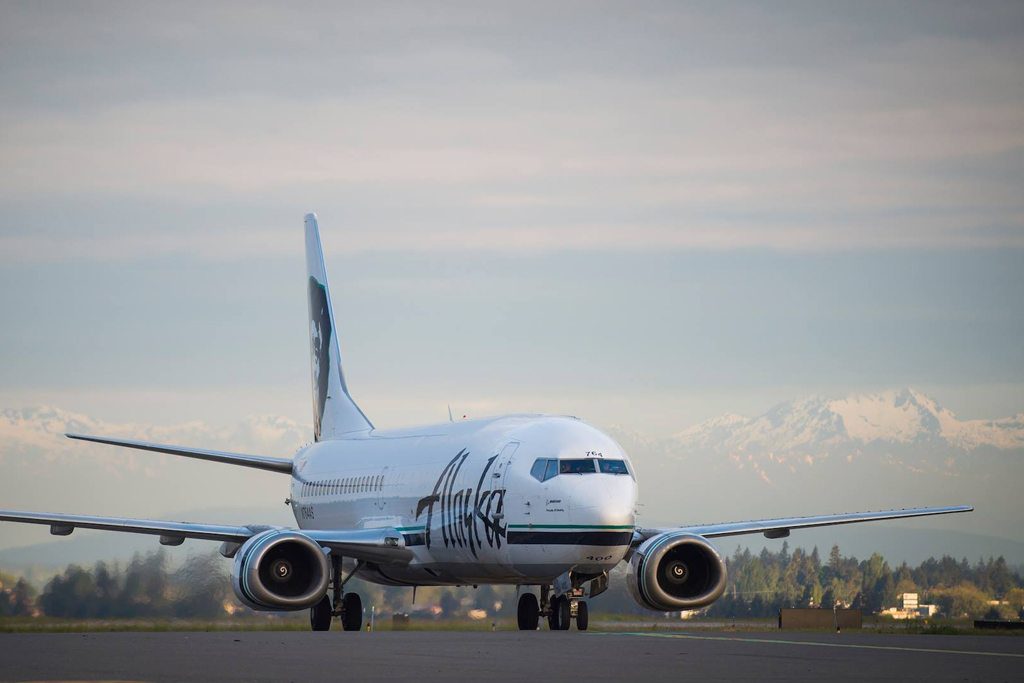Alaska Is Blaming Rivals for Weakening Hawaii Business

Skift Take
Hawaii has been a profitable niche for Alaska Airlines for a long time. But now the market is under siege. Competitors want their slice of the profits.
When Virgin America began flying fro San Francisco to Hawaii three years ago, its then-CEO, David Cush, called the market an obvious winner, noting it sustained some of the highest fares among U.S routes.
But things change quickly, and on Thursday, Alaska Airlines, which acquired Virgin America in 2016, reported softness in West Coast to Hawaii markets, as many carriers have added capacity, reducing average prices. Industry-wide available seat miles increased 9 percent in the third quarter, Alaska said, and likely will grow another 8 percent in the fourth.
"The only region in our system that is experiencing materially lower pricing today is Hawaii," Andrew Harrison, Alaska's chief commercial officer, told analysts Thursday on the carrier's third quarter earnings call.
This is not an insignificant hit. Hawaii accounts for 13 percent of Alaska's capacity, as m
